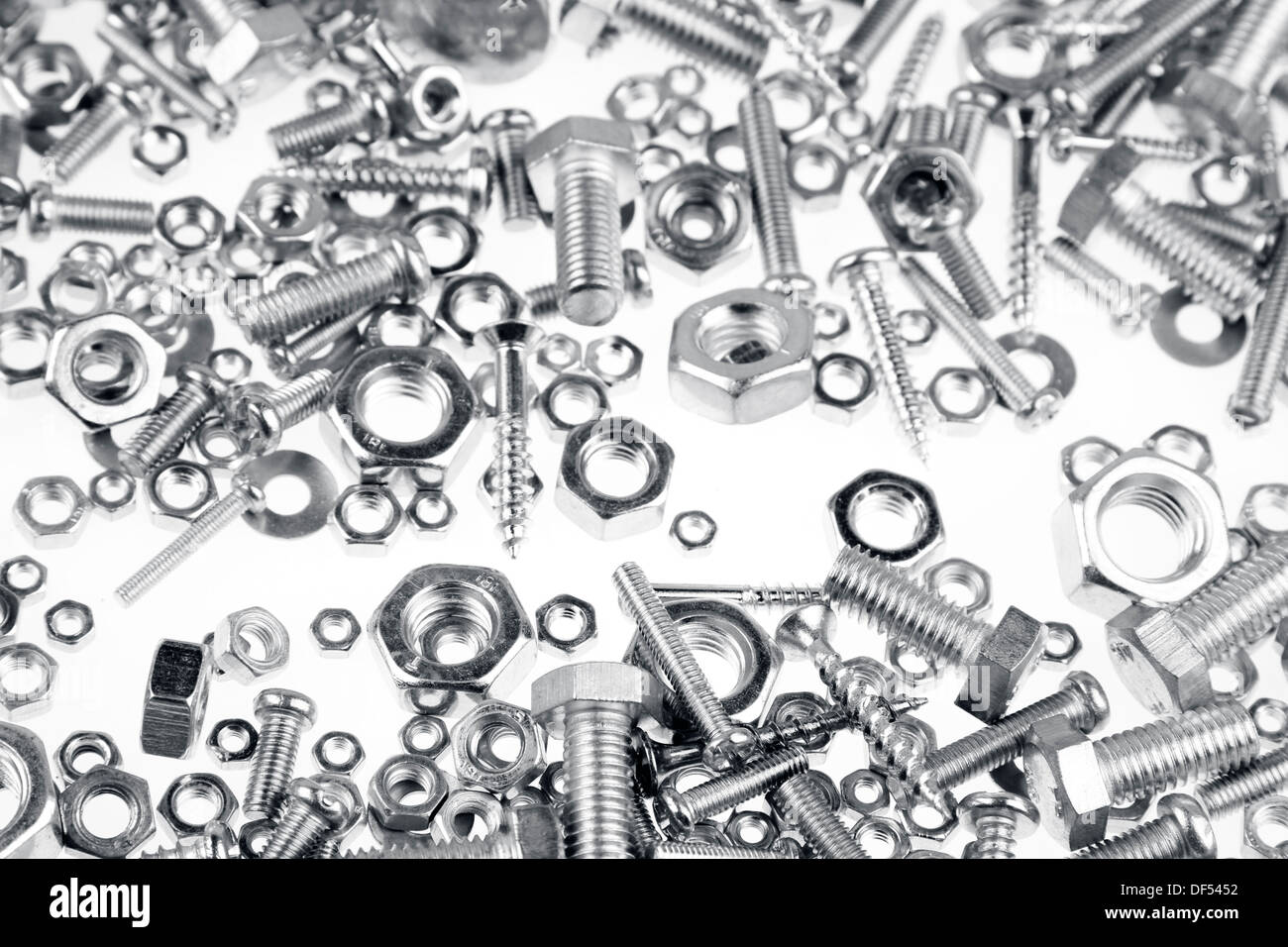When it comes to the realm of engineering and construction, the value of nuts and bolts cannot be overstated. These and powerful fasteners are essential in countless projects, from intricate machinery to sturdy buildings. As we look to the future of engineering, it’s crucial to understand the new trends guiding the design, material selection, and function of these essential components. More and more, experts are turning their attention to the diverse applications and types of fasteners, ensuring that each project is supplied with the correct fastener to meet the demands of current construction and maintenance.
In this detailed guide, we will delve into the vast landscape of nuts and bolts, exploring everything from fundamental design aspects to sophisticated applications in numerous industries. Whether you are a DIY enthusiast, a qualified contractor, or an auto mechanic, understanding the differences in the types, grades, and materials of bolts is crucial for selecting the most effective fasteners for your unique requirements. Through our examination of these pioneering engineering trends, you will gain insight into how to choose the right nuts and bolts, boosting the quality and durability of your endeavors while confronting the issues presented by a variety of environments and materials.
Categories and Functions of Fasteners and Bolts
Fasteners and bolts are crucial components in a variety of design and building projects, serving the vital function of holding components in place. The most usual type of screw is the hexagonal bolt, which features a hexagonal head that allows for easy handling with a tool. Additionally, there are round bolts, known for their rounded heads and square shoulders that stop rotation when tightened. Heavy-duty bolts, or lag screws, are designed for heavy-duty applications, providing robust connections in lumber and other dense materials.
In terms of fasteners, the standard hex nut pairs with hex bolts and is widely used for general connection needs. Secured nuts offer extra security by stopping loosening due to movement, making them ideal for engineering applications. Flange nuts come with a attached washer that distributes load more evenly, ideal for delicate materials where standard nuts might harm the material. Each type of fastener serves a particular function, ensuring a tight fit and optimal performance.
Understanding the different substances and finishes used for fasteners and bolts is also crucial. Carbon steel, stainless steel, brass, and Ti are common materials, each selected based on strength, corrosion resistance, and mass requirements. Coatings like zinc plating and galvanization enhance resistance, particularly for outdoor applications. Knowing these differences allows for informed decisions when selecting the right fasteners for particular projects.
Substances and Coatings
The decision of materials for nuts and hardware plays a key role in their function and application. Common substances include steel, copper, and aluminum, each offering unique properties suited for different environments. Steel is chosen for its strength and longevity, making it suitable for heavy-duty applications. Copper, known for its corrosion resistance and aesthetic appeal, is often used in plumbing and wiring components. Titanium, while costlier, offers superior strength-to-weight ratios and tolerance to high temperatures, making it fit for aviation and advanced applications.

Coatings also considerably affect the durability and function of nuts and bolts. Zinc plating is a popular option for fasteners used in exterior environments, providing a protection against rust and decay. Zinc galvanizing, a more robust process, involves applying a thicker layer of zinc alloy, making it appropriate for severe conditions. Additionally, various powder coatings can be applied to enhance look and further protect against external harm. Understanding these coatings is essential for selecting nuts and bolts that will withstand specific conditions.
When selecting nuts and bolts, it's also important to consider the risk for electrolytic corrosion when varied materials are used in combination. Hardware made of varied materials can lead to increased corrosion if not properly protected. Finishes and finishes play a significant role in reducing this threat, helping ensure that the strength and longevity of the nuts and bolts are preserved in their intended applications.
Purchasing Tips and Reviews
When picking nuts and bolts for your project, it is crucial to understand the differences between SI and standard fasteners. see this website are generally used in most global applications, especially in the EU, while imperial sizes are common in the US. Knowing which measurement system your project requires can help prevent compatibility issues and ensure that you are using the appropriate sizes for your specific needs.
Measuring nuts and bolts accurately is another important aspect of purchasing fasteners. To measure effectively, you need to determine the size, length, and thread pitch. For bolts, the diameter is taken at the body, while nuts require measuring the inner diameter. Additionally, thread pitch indicates how tightly the threads are arranged; ensuring that the pitch matches both the nut and bolt is essential for a secure fit. Utilizing calipers can provide precise measurements, facilitating a better match for your project needs.
As you shop for quality fasteners, consider factors such as material, coating, and strength ratings. Different materials, such as steel, brass, or aluminum, offer unique benefits in terms of strength and rust resistance. Additionally, coatings like powder coating or anodization can improve longevity in outdoor applications. Understanding how to compare these characteristics will help you make wise decisions that ensure the fasteners you choose not only meet industry standards but also function successfully in their designated applications.
